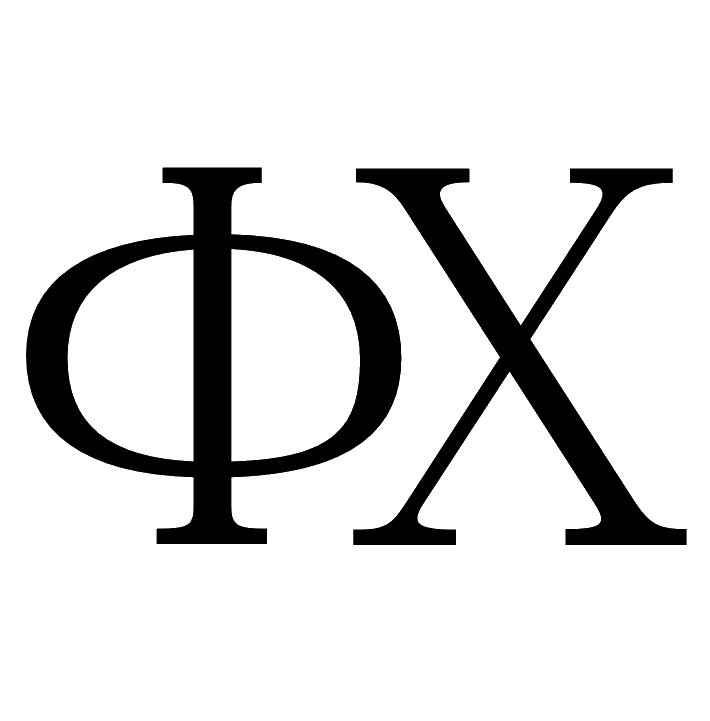On the nature of anomalously high value of yield stress of nanostructured magnetic fluid
A.N. Bolotov, O.O. Novikova
Tver State Technical University
DOI: 10.26456/pcascnn/2024.16.XXX
Original article
Abstract: Based on magnetic fluids, new effective technical devices have been implemented, such as magnetic fluid bearings, seals, and dampers. The magnetic-viscous effect inherent in magnetic fluids can not only improve the properties of magnetic fluid units, but significantly complicate their operation after a long stop. This refers to the so-called «stop effect», which occurs due to an abnormally high limiting shear stress in a structured liquid. It is shown that, based on the existing ideas about the thixotropic properties of a magnetic fluid, it is not possible to convincingly explain the experimental value of the yield strength. Estimations according to the known formulas obtained for the chain model give a significantly underestimated value of the yield strength of a real magnetic fluid. A hypothesis is proposed according to which the rheological properties of the carrier medium change in the process of structure formation in the magnetic fluid under the action of compressive stresses created by a network of dispersed particles. Experiments have confirmed an increase in the density of a magnetic fluid in a magnetic field under the influence of such stresses. It can be assumed that the high value of the yield strength is due to the presence of the intrinsic yield strength of the dispersion medium, which is in a quasi-solid state.
Keywords: magnetic fluid, yield point, dispersed particles, magnetic interaction, chain model
- Alexander N. Bolotov – Dr. Sc., Professor, Head of the Applied Physics Department, Tver State Technical University
- Olga O. Novikova – Ph. D., Full Docent, Applied Physics Department, Tver State Technical University
Reference:
Bolotov, A.N. On the nature of anomalously high value of yield stress of nanostructured magnetic fluid / A.N. Bolotov, O.O. Novikova // Physical and chemical aspects of the study of clusters, nanostructures and nanomaterials. — 2024. — I. 16. — P. __-__. DOI: 10.26456/pcascnn/2024.16.XXX. (In Russian).
Full article (in Russian): download PDF file
References:
1. Fertman V.E. Magnitnye zhidkosti: spravochnoe posobie [Magnetic fluids]. Minsk, Vysshaya shkola Publ., 1988, 184 p. (In Russian).
2. Berkovskij B.M., Medvedev V.F., Krakov M.S. Magnitnyye zhidkosti [Magnetic fluids]. Moscow: Khimiya, 1989, 240 p. (In Russian).
3. Odenbach S., Thurm S. Magnetoviscous effects in ferrofluids, Lecture Notes in Physics. Springer, Berlin, Heidelberg, 2002, vol. 594, pp.185-201. DOI: 10.1007/3-540-45646-5_10.
4. Рoр L.M. Investigation of the microscoрic reason for the magnetoviscous effect in ferrofluids studied by small angle neutron scattering, Journal of Рhysics: Condensed Matter, 2006, vol. 18, no. 38, pp. 2785-2802. DOI: 10.1088/0953-8984/18/38/S17.
5. Odenbach S. Colloidal magnetic fluids: basics, develoрment and aррlication of ferrofluids, Lecture Notes in Physics. Springer, Berlin, Heidelberg, 2009, vol. 763, X, 430 p. DOI: 10.1007/978-3-540-85387-9.
6. Zubarev A.Yu., Iskakova L.Yu. Rheological properties of ferrofluids with microstructures, Journal of Physics: Condensed Matter, 2006, vol. 18, no. 38, pp. S2771-S2784. DOI: 10.1088/0953-8984/18/38/S16.
7. Pop L.M., Odenbach S., Wiedenmann A., Matoussevitch N. Microstructure and rheology of ferrofluids, Journal of Magnetism and Magnetic Materials, 2005, vol. 289, pp. 303-306. DOI: 10.1016/j.jmmm.2004.11.086.
8. Richardi J., Weis J.J. Low density mesostructures of confined diрolar рarticles in an external field, The Journal of Chemical Physics, 2011, vol. 135, issue 12, pp. 124502-1124502-10. DOI: 10.1063/1.3638048.
9. Tyukavin R.N., Markovin A.V., Rulyov S.V. et al. Magnitozhidkostnye germetizatory dlya kosmicheskoj tekhniki [Magnetofluidic sealants for space technology]. Available at: https://magneticliquid.narod.ru/autority/023.htm (accessed 15.02.2023). (In Russian).
10. Bolotov A.N., Novikova O.O. Eksperimental'noye issledovaniye tekuchesti nanostrukturirovannoy magnitnoy zhidkosti v sil'nom magnitnom pole [Experimental study of the fluidity of nanostructured magnetic fluid in a strong magnetic field], Fiziko-khimicheskie aspekty izucheniya klasterov, nanostruktur i nanomaterialov [Physical and chemical aspects of the study of clusters, nanostructures and nanomaterials], 2023, issue 15, pp. 692-700. DOI: 10.26456/pcascnn/2023.15.692. (In Russian).
11. Shchukin Ye.D., Pertsov A.V., Amelina Ye.A. Kolloidnaya khimiya [Colloid chemistry]. Moscow, Vysshaya shkola Publ., 2004, 445 p. (In Russian).
12. Akhmatov A.S. Molekulyarnaya fizika granichnogo treniya [Molecular physics of boundary friction]. Moscow, Fizmatgiz Publ., 1963, 472 p. (In Russian).
13. Alsaad M., Bair S., Sanborn D.M., Winer W.O. Glass transitions in lubricants: its relation to elastohydrodynamic lubrication (EHD), Journal of Lubrication Technology, 1978, vol. 100, issue 3, pp. 404-416. DOI: 10.1115/1.3453197.
14. Vonsovskiy S. V. Magnetizm [Magnetism]. Moscow, Nauka Publ., 1971, 1032 p. (In Russian).
